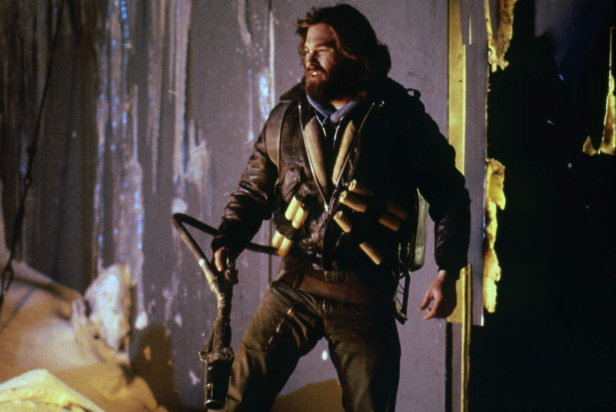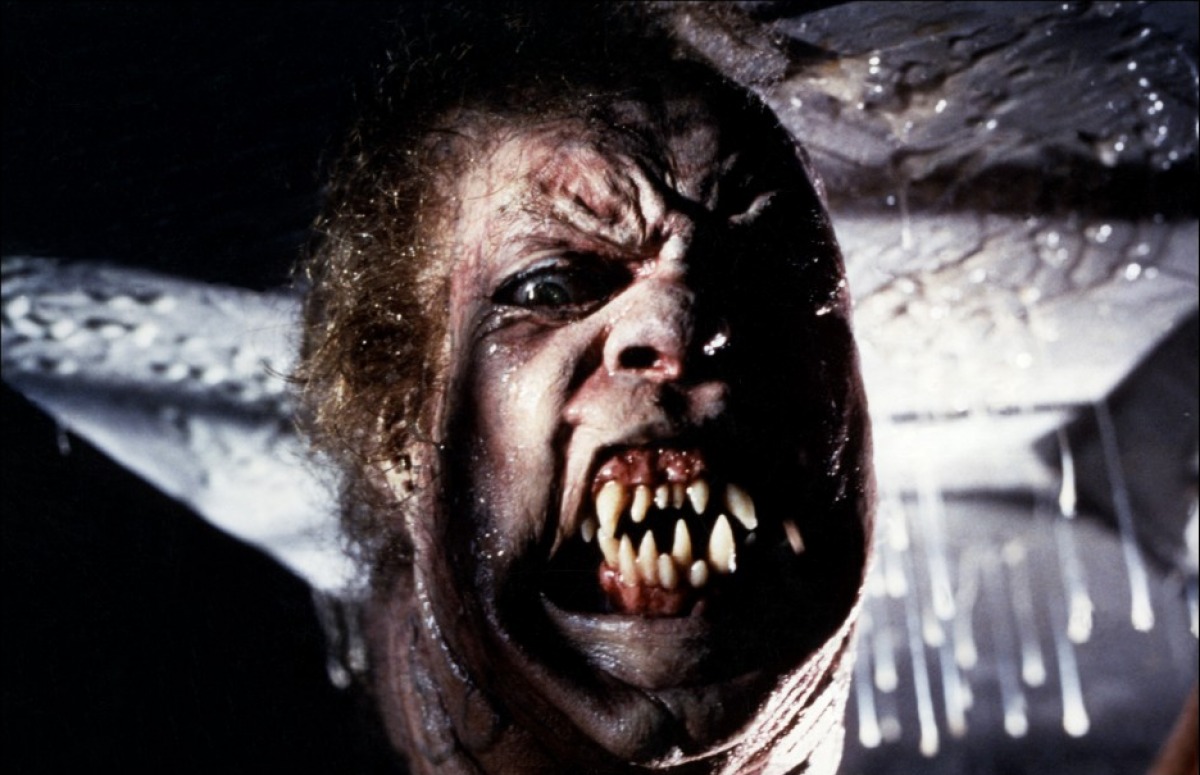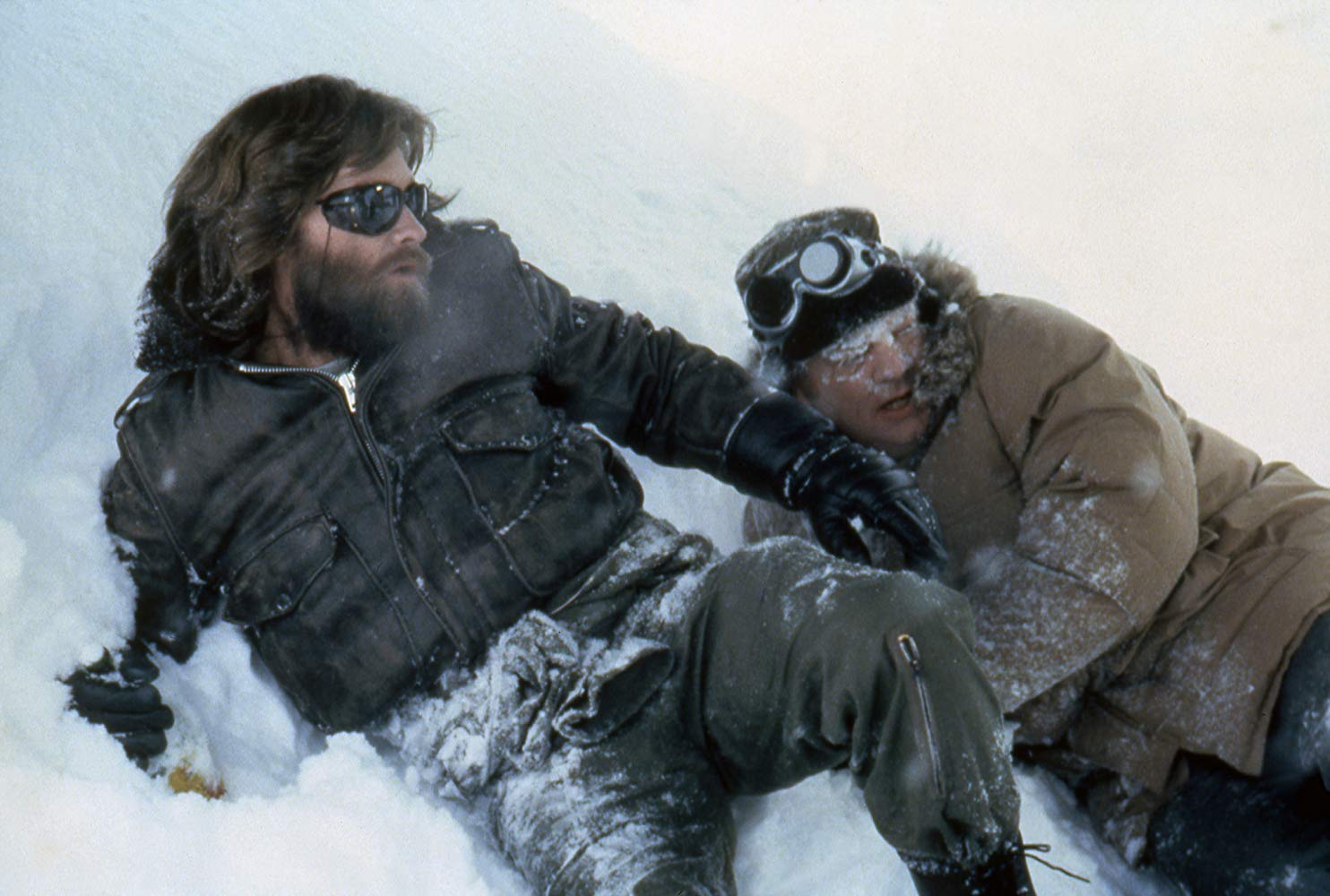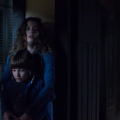One of the most innovatively unsettling sci-fi/horror films of all time, The Thing died a box-office death upon its release in 1982, thanks in part to a film featuring a certain alien who wanted to phone home. We talk to John Carpenter about how his shape-shifting shocker evolved into its own terrifying beast to become a definitive Eighties cult classic…
“You gotta be fucking kidding!” Perhaps no line spoken in movie history has so perfectly summed up the mutual reaction of both the characters’ and the audience’s jaw-dropping bewilderment than that appropriate zinger from John Carpenter’s masterpiece The Thing. But in retrospect, the remark could just have easily expressed the sentiment of the director when he was originally approached to re- make Howard Hawks’ seminal 1951 sci-fi horror classic The Thing From Another World.
“I wasn’t very interested initially, as I loved the original, and thought it was one of the great jump-out- of-your-seat-popcorn-flying movies, so I didn’t really want to touch it,” reflects Carpenter, a self-confessed Hawks aficionado. “It was my friend [co-producer] Stuart Cohen who then suggested that we forget the original movie and just completely reinvent it by going back to the novella. I thought, ‘That’s not a bad idea!'”
Constricted by the crude practical aesthetics of the time, the original Fifties film featured a towering man-in-a-monster-suit (TV series Gunsmoke actor James Arness) as the bloodthirsty titular vegetable- based humanoid who infiltrates an isolated Antarctica research station. However, in John W Campbell’s 1938 source novel Who Goes There? the researchers come into contact with the far more unpredictable prospect of an interchangeable creature who can perfectly imitate any of them. “There was a passing glance to the [shape-shifting origins] in the original film,” Carpenter acknowledges. “Near the end of the movie when the scientists are making their last stand, one of the soldiers says, ‘I just had this thought – what if he can read my mind?’ But that was the closest they came to it.”
Consequently, Carpenter would completely run with Campbell’s ‘who can you trust?’ mystery concept, and the idea of an enigmatic, shape-shifting creature would be realised thanks to the vivid imagination of a 22-year- old special make-up effects wiz named Rob Bottin, who had previously impressed with his startling lycanthrope transformations for Joe Dante’s The Howling. “He gave me one of the clues to do the movie when he said, ‘The Thing can look like anything because it has imitated all these life-forms, so it doesn’t have to be one creature’,” recalls Carpenter. “And I thought, ‘Well, that’s really new, we haven’t seen that before, and we can do some really crazy things,’ so that’s where we started.”
Key to the unnerving conviction of Campbell’s story was the overwhelming sense of psychological paranoia and entrapment among characters confined within a tight physical space where a monster lurks. But unlike Carpenter’s previous films, which predominately featured strong female roles, the director was attracted to the intriguing prospect of an entirely male-dominated movie. The original intention was to have an ensemble piece with 12 characters of equal footing. However, when Kurt Russell came on board to play pilot and eventual leader RJ MacReady, that dynamic altered.
“At first I wasn’t sure. I kind of wanted to work with someone else just for variation,” says Carpenter, who had just finished working with Russell in Escape From New York. “The studio, however, loved him, and he chose to play it very realistically, which I loved, so I was really happy.”
Apart from the roll call of recognisable character actors that included Wilford Brimley, Keith David and Donald Moffat, another distinguishable performer was that of an Alaskan Malamute, which is seen being chased by a helicopter piloted by trigger-happy Norwegians at the beginning of the film. The enigma behind the pursuit is momentarily kept blurred, although hints toward the canine’s true identity lurk within its subsequent voyeuristic behaviour, particularly when it creeps quietly down a corridor inside the research station, pausing to glance through several doorways to survey the scene.
“He was great,” nods Carpenter. “He was part wolf [and part husky], which is the reason he had high intelligence, and that scene was remarkable for an animal, because the camera was right in front of him and he didn’t bat an eye; he just followed his marks.” Although it was the late physical effects maestro Stan Winston who would realise the terrifyingly tentacled alien origin of the four-legged creature via impressive puppetry techniques, The Thing would ultimately remain Bottin’s baby, with the young FX wiz and his 40-strong team creating some of the most grotesque prosthetic xenomorphic concoctions of all time.
“The fear was that they’d laugh at us. I didn’t want to end up with a guy in a suit like I’d seen in countless Fifties science fiction films when I was a kid,” says Carpenter. The director needn’t have worried. Take the notorious sequence where a man administers CPR on his colleague, only for his arms to be suddenly severed by teeth formulating from within the victim’s chest, leading to the infamous segment where the imitated head tears from the body, falls to the floor, sprouts legs and scurries off – and then that legendary zinger.
“[Original scribe] Bill Lancaster came up with the line, ‘You gotta be fucking kidding!’ in the middle of shooting after we started describing what this creature was going to look like,” attributes Carpenter. “It worked out great – it was the perfect moment of humour in an otherwise grotesquely horrible scene.”
But The Thing is also remarkable for its nail-biting suspense. One of the great edge-of-your-seat sequences remains its pivotal blood test scene, where MacReady determines the authenticity of his team by subjecting samples of their blood to a heated piece of copper wire. “I loved filming it – it was one of my favourite scenes in the movie,” considers Carpenter. “Once I figured what this blood test scene was going to be about, I knew I had a movie I could work with, and that was the secret for me. It took four days to shoot, but everybody was really into the scene, so it couldn’t have gone better. It was really fun to do.”
Less fun was the British Columbian location shoot, where cast and crew were subjected to sub-freezing winter conditions. Nevertheless, the uncomfortable climate lent itself its own sense of realism, helping to build a bond between cast members and giving authenticity to characters cut off from the world in such close proximity to one another for an elongated period of time.
Giving punctuation to all the bleakness on screen was legendary composer Ennio Morricone’s score. Unusually for Carpenter, this would mark the first time in the filmmaker’s career where he didn’t write the music for his own film. “Nobody wanted me to compose the score, so I wasn’t asked. That was fine with me, so I chose Morricone,” says the filmmaker, who was such an admirer of the master’s work that he marched down the aisle to a Morricone theme on his wedding day.
Interestingly, the pulsating electronic beats that accompany the opening credit sequence and subsequent helicopter dog pursuit evoke the low-key menacing simplicity of archetypal Carpenter scores to such a degree you’d swear it was created by the filmmaker himself. But the director claims that apart from some bridging work the Italian maestro, renowned for his iconic collaborations with Sergio Leone, was responsible for composing the entire score. “There are two basic parts to his score. One was that opening theme, which is a very simple electronic piece, then the second part, was some very heavy-duty orchestral pieces, which are just beautiful.”
Renowned for his bleak, nihilistic endings, The Thing (considered by some to be the first part of Carpenter’s unofficial ‘Apocalypse trilogy’ that continues with Prince Of Darkness and concludes with In The Mouth Of Madness) is certainly no exception. It has one of the grimmest conclusions in the filmmaker’s entire oeuvre, where the two surviving characters MacReady and Childs (Keith David) sit and wait for their inevitable demise, neither of them sure whether the other is otherworldly. “I describe myself as a short-term pessimist but a long-term optimist,” claims the director.
Despite the poignant denouement, rumours of an alternative ending filmed as a safety measure have surfaced since the film’s release. Carpenter says that
no other ending exists – however, he does admit to shooting an additional shot. “I got a little worried that we would be accused of having a ‘what happened?’ -type scenario, so I took a shot of MacReady sitting in safety, but it was just a shot,” he assures. “It would have been a terrible, horrible way to end the movie. It was just a moment of insecurity.”
But perhaps because of this bold finale, audiences and critics didn’t take to The Thing, and the film was targeted for both its bleak outlook and the abstract excessiveness of its special effects. “Even the fans were in uproar,” says Carpenter. “Why people didn’t like that film when it was released is beyond me! But in retrospect it was a big-time downer about the end of the world, so it worked out to be a pretty grim story.”
Bad timing arguably contributed too, with the film released just two weeks after Spielberg’s instant success story ET: The Extraterrestrial. Perhaps audiences were more comfortable with a compassionate alien than a menacing one who could take over your entire being. Sensibilities evolve, however, and The Thing found its audience on home video and became a cult classic that is largely considered superior to the original Hawks film.
“The Thing is about the ultimate end of mankind and the end of things. It’s also about these levels of trust in humanity, and that’s what the movie really focuses on,” reflects Carpenter. “What happens when you can no longer trust? What happens if you know your friends and your comrades, but you don’t know if they’re human or not? That’s the essence of the movie: loved ones who attack you. The Thing has a lot of truth to it – dressed up as a monster movie.
This article first appeared in issue 101 of SciFiNow.
Get all the latest sci-fi, fantasy and horror news with every issue of SciFiNow.




